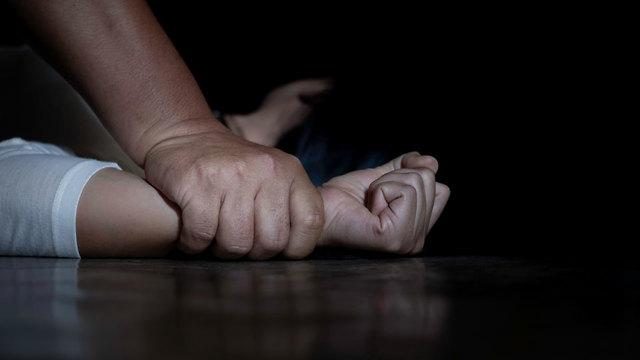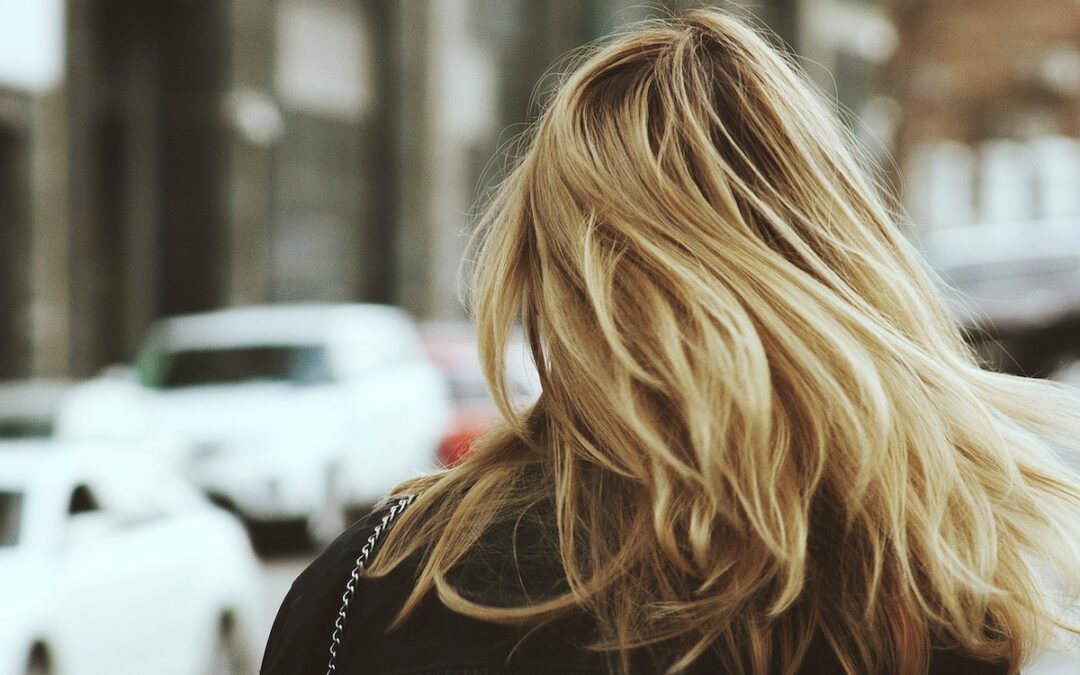Now Reading: Importance of Nail Marks in Sexual Assault Investigation
-
01
Importance of Nail Marks in Sexual Assault Investigation

Importance of Nail Marks in Sexual Assault Investigation
INTRODUCTION
According to the National Crime Records Bureau, there is a stark boom in crime rates in India. A rape is reported every 15 minutes in India as stated by the official Government crime data.[1] Sexual Assault is a crime which holds different meaning and definition in different jurisdictions and an examiner should be aware of such information in that particular area.[2]Sexual Assault can not only affect a person’s physical state but also deeply affect the socio-psychological condition. It is a crime of violence that is against a person’s body resulting in mental trauma and physical changes along with the suffering in the context of society intending the investigation of the crime and medical care of the victim. For the Investigation, it is very important to Identify, Recover, and Collect biological evidence that can prove the sexual link between the victim and the perpetrator’s identity.[3]
EVIDENCES IN SEXUAL ASSAULT EXAMINATION
In the case of sexual assault, there are several biological evidences as blood (from any injury and trauma), menstrual blood, urine, semen, feces, saliva, and vaginal fluid. Some additional biological evidences can contain DNA as hair cells, bite marks, skin cells, nail scraping, etc. Forceful Physical contact in almost 85% of the cases leads to the transfer of biological material which can establish a vital link between the suspect, victim, and /or crime scene.[4] Most of the cases of Sexual Assault uses DNA for the investigation purpose but in some cases, the quantity of the DNA collected is not enough from the above-mentioned sources, so some other alternatives are used in the investigation of that particular case of sexual offence solicitors.[5]
NAIL AS AN EVIDENCE IN SEXUAL ASSAULT INVESTIGATION
Forensic Onychology is the study of fingernails and toenails, used for the better description and administration of the justice in The Court of Law. Nail holds a degree of morphological as well as genetic characterization and bio-molecular traits for individual and comparison studies. Nails are considered important tissue evidence as the sample size and sample processing is easier in their case because they are relatively non-invasive and non-destructive.[6] Nail is also significant in the tracing of exposure of drugs, pollutants, a person’s genetic inheritance, pathology, diet as well as the history, location, and exposure to explosives residues. [7] An alternative to hair, nails are often used for testing the presence of therapeutic drugs such as antidepressants and antipsychotic drugs. In the case of intoxication for sexual assault, nails can also be considered as potential evidence.[8] The hyponychium area of the nails can provide the DNA as evidence that can be collected by using swabs or scrapping the fingernail or it can be cut and packed from both the hands to provide enough amount of DNA. This evidences can be taken to 3 days( if the victim had an aggressive interaction with a suspect). Avoid Hand washing.[9]
NAIL MARKS AS A SIGNIFICANT EVIDENCE IN SEXUAL ASSAULT EVIDENCE
For the Formation of strong opinion regarding the association of the nail injuries and marks in association with a crime, it is important to link it with Human Individualisation. In the case of Sexual Assault, having nail injuries, the physiology and anatomy of the skin affected, and the shape of the marks can significantly say about the position the victim/suspect along with the intensity of the force applied. Nail Injuries have the potential value to mark the individualization of a person on a forensic basis.[10] Defensive and aggressive nail marks on the neck, hand and on the other parts of the body of victim/suspect as well as the broken nails are potential evidence for the sexual assault Investigation.[11] Nail marks around the neck is also a sign of strangulation. If an individual forcefully tries to kill the other person using his/her hands to strangulate that person to death, nail marks are observed in such cases and provide strong evidence to link the victim and suspect to the crime scene. In India, a 25-year old woman was raped by a 32-year old Uber driver during her way to home. The doctor stated that there were scratches on the neck of the rape survivor by which it was concluded that the Uber driver attempted to strangulate the girl to death but she survived.[12] There are some injuries that can be observed on the body of the suspect. In some cases, nail marks are present on the body of the suspect as the females are prone to use their nails in self-defense and such nail marks are commonly present on the face and hands of the suspect. Scratches or Abrasions (come under blunt injuries) can be seen as it removes the first layer of the skin. With sexual assault and rape, a lot of scrapes are caused by fingernails which makes it important evidence in a sexual assault investigation.[13] Nail marks are sometimes used as fake evidence in sexual assault cases as the marks on the back of an individual are not always defensive and aggressive but are the signs of pleasure. The prevalence of false allegations is between 2% to 10%.[14]. This makes it very important to analyze the nail marks along with its position and type before jumping to any of the strong conclusion.
CONCLUSION
Biological evidence plays a vital role in the investigation of sexual assault cases. Nail marks are also considered one of the potential evidence to determine the position and location of the victim/suspect in context to the body of a crime. These scrapes, scratches, and nail injuries can significantly make a mark in a sexual assault investigation.
REFERENCES
[1] Varalika Mishra, A rape in every 15 minutes says government data, a report by ASIA TIMES, January 15,2020.
[2] Maria Nettis, Sexual assault Examination, a chapter of Clinical Forensic Medicine by margaret M. Stark : Fourth Edition , Revised in 2020.
[3] Benito Ramos Gonzalez,Miranda Cordova,Orlando Salas salas,Martin Goradilo, Juan Carlos,Elton solios, GerardoCastellanos; Biological evidence analysis in cases of sexual assault, Published on November 27,2019. DOI: 10.5772/intechopen.82164
[4] A.K. Sharma; Biological evidence in sexual assault caes; Published in January 2006.
[5] Rebbeca Shute;Beyond DNA- The role of biological evidence in Sexual assault Investigation. Published in January 2019. NCJ Number: 252579
[6] Daniel C.R.,Piraccini B.M., Tosti A. The nail and hair in forensic science, Journal Of American Academy of Dermatology,2004,50:258-261.
[7] Andrew S.Wilson and M. Thomas P.Gilbert, Forensic Humkan Identification-An Introduction,CRC Press,2007,pg.147-163
[8] Pragnesh Parmar, Gunvanti B. Rathod. Forenic Onychology: An essential entity against crime. J Indian Acad Forensic Medicine, October-December Vol34.No.4
[9] David Foran,Ashel Doran, Lisa Hebda. Trace DNA from fingernails : Increasing the success rate of widely collected forensic evidence. December 2015. Document No. 249534
[10] kavita Diwedi, Lav Kesharwani. Research paper on nail injuries mark on human skin: A Review, International Journal of Scientific Research,May 2019.
[11] Investigating sexual Assaults. IACP Law Enforcement Policy Center. October 2019.
[12] A Report by Hindustan Times regarding the Rape case of a 25-year girl by an Uber Driver. Published on January 19,2015.
[13] Albino Gomes, Injuries from sexual assault and rape within forensic nursing. December 2018
[14] David Lisak . Violence against Women. False allegations of sexual Assault: An analysis of Ten years of Reported Cases.
Author
RITIKA MADAAN
Intern at Dept. of Forensic Science & Criminal Investigation
Legal Desire Media & Insights










